Welcome to The Storytellers, our series spotlighting the creatives bringing their ideas to life with The Storyboard.
Vibrant colour palettes, bold shapes and graphic flair — Australian artist Xander Holliday has carved out a visual style that's as distinctive as it is dynamic.
A self-taught creative who started out in digital design, Xander brings his ideas to life on canvas, and now he's added The Storyboard into his creative flow.

Tell us your story!
I'm a self-taught artist who started out making digital designs, collages, and digital art just for fun. Over time, that creative experimentation led me to pick up a paintbrush and start translating those ideas onto canvas. What began as a hobby quickly turned into something bigger when I started sharing my paintings online with family and friends. The response was way more than I expected, and that's when things really took off.
One of my first big breaks came when Jumbled noticed my work and became one of my first stockists. That moment opened so many doors – working with big brands, collaborating on exciting projects, and, most importantly, connecting with people who truly resonated with my art. It's been an incredible journey, and I'm so grateful for every opportunity that's come from simply following my creative instincts.

How are you using your Storyboard?
I'm using The Storyboard as a living, breathing part of my creative process. It's where I collect inspiration for whatever I'm currently working on: colour palettes, textures, shapes, or just general vibes that spark something in me. It sits front and centre in my studio, so I can easily add to it or rearrange things depending on what mood I'm in or what project I'm diving into.
Colour is such a big part of my work, it's kind of the thread that ties everything together, so being able to play with different colour combos on The Storyboard helps me explore new directions before committing them to canvas. It's not just for planning, it's part of the fun. It keeps my space feeling fresh and keeps the ideas flowing.
How does having a physical space to create a vision board help you bring your dreams to life?
Having a physical space to create a vision board makes such a difference, it turns all those floating ideas in my head into something I can actually see. It helps me focus on what I'm aiming for.
"There's something about physically pinning things up, moving them around, and seeing it all come together that feels way more powerful than just keeping it on a screen."

It keeps me inspired, keeps my goals in sight (literally), and reminds me why I do what I do. It also helps when I'm in a creative rut, just looking at that board can spark something new. It's more than just pretty pictures, it's like a map of where I want to go.
When you think about yourself in 5 years' time, what do you hope your life will look like?
It's kind of wild to look back at the last five years and see how far I've come, especially considering I've only had a brush in hand for about seven years. So much has happened already, and I feel like I'm just getting started.
In the next five years, I hope to keep building and deepening my art practice, pushing myself creatively, exploring new ideas, and continuing to evolve my style.
I'd love to show my work in new spaces, maybe even in different parts of the world, and connect with new audiences who see something of themselves in what I create. Ultimately, I just hope I'm still creating, still growing, and still finding joy in the process. If I can look around in 5 years and feel proud of what I've made, and still be excited about what's next, I'll be exactly where I want to be.

When it comes to creating a new collection, how long can the process take from start to end? What's something about your creative process that most people wouldn't know?
It really depends on the deadline, when there's a time crunch, it's amazing how much you can squeeze out! The pressure actually helps me make quicker, more intuitive decisions, which can lead to some of my best work.
One thing most people don't know about my process is that I usually work on one piece at a time, rather than bouncing between multiple works. I think that's why my collections have such a strong sense of flow, you can see how one piece naturally leads into the next. It's kind of like a fashion show, where each look has its own rhythm but still feels part of a bigger story.
If I don't have a tight deadline, the process feels more like playtime. I'll experiment with smaller works, try out new techniques, or use paper and mixed media to explore fresh ideas. That freedom keeps things exciting and helps me push my work in new directions.
How did you find your unique style?
A lot of my work has that graphic, sometimes blocky feel, which is a direct influence from working digitally early on. Instead of starting with traditional painting techniques, I was experimenting with collages and digital compositions, and that naturally carried over when I transitioned to painting on canvas.
"I also didn't quite finish art school, so I never learned the 'right' way to do things. In hindsight this has been a blessing. It meant I had to figure things out for myself, and that led me to develop my own techniques along the way."
My process is all about trial and error, following my instincts, and embracing imperfections. I think that's what makes my work feel like me.
What's your advice for anyone thinking about turning their creative interest into a business?
Don't let imposter syndrome hold you back. It's so easy to feel like you're not "qualified" or that other people have it all figured out.
"The truth is, if you're creating something that excites you, that's enough. You don't need permission to call yourself an artist or a creative. The more you put your work out there, the more confidence you'll build."
And don't worry about not knowing what you're doing, because honestly, no one really does. Everyone is just figuring it out as they go, even the most successful creatives. The important thing is to start. You'll learn along the way, make mistakes, and grow from them. The best opportunities often come from just jumping in and seeing what happens.



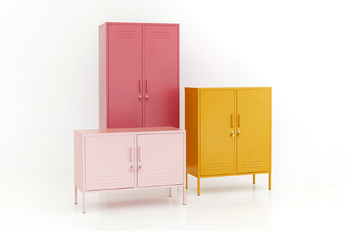


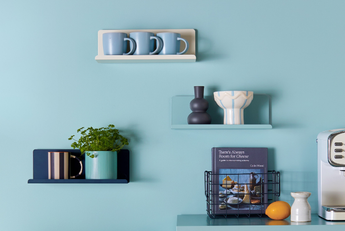
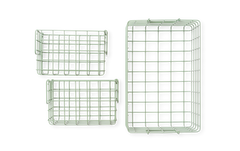
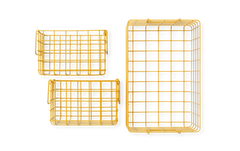
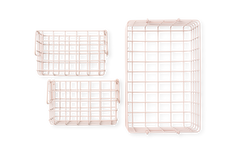


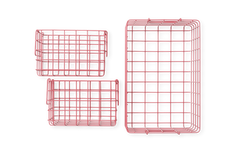
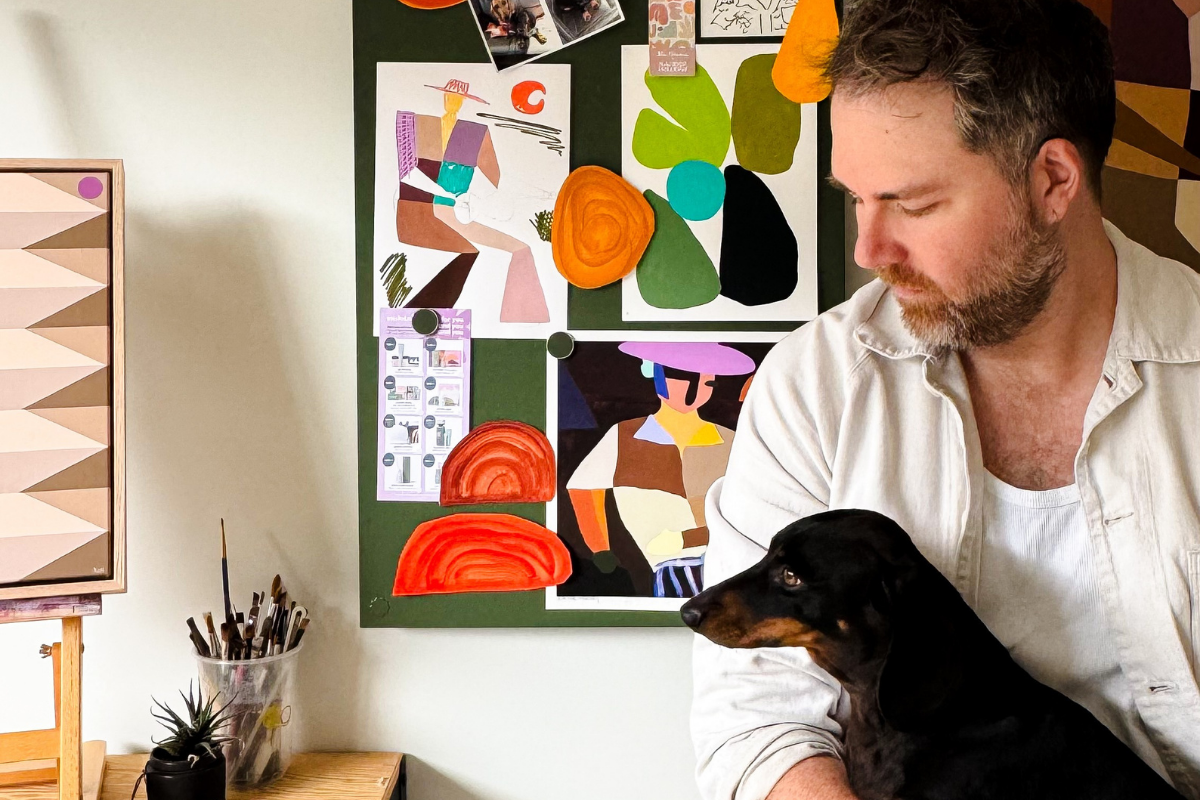
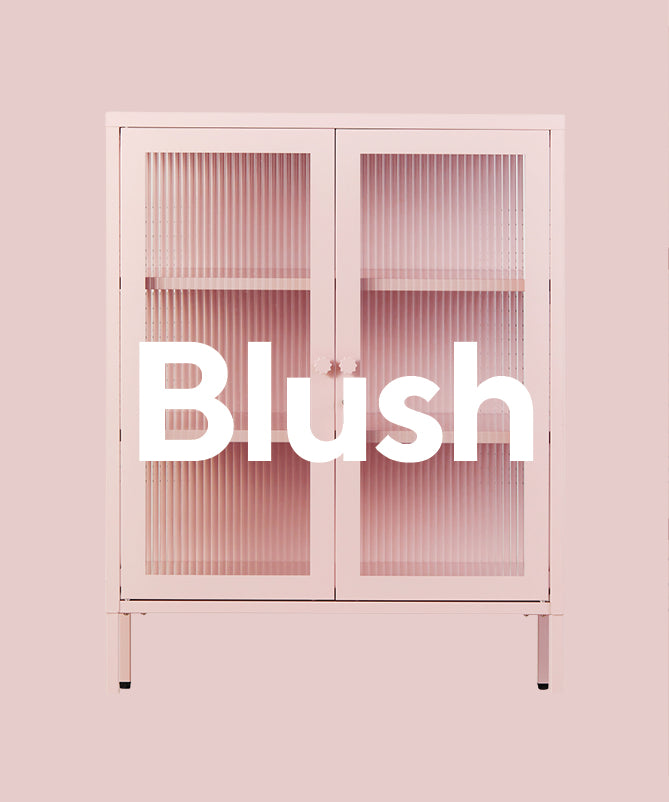
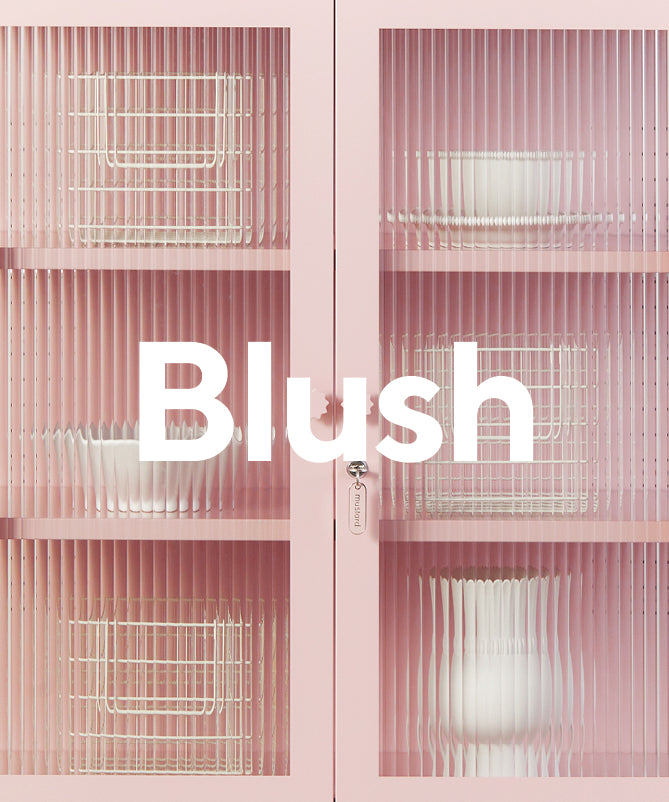
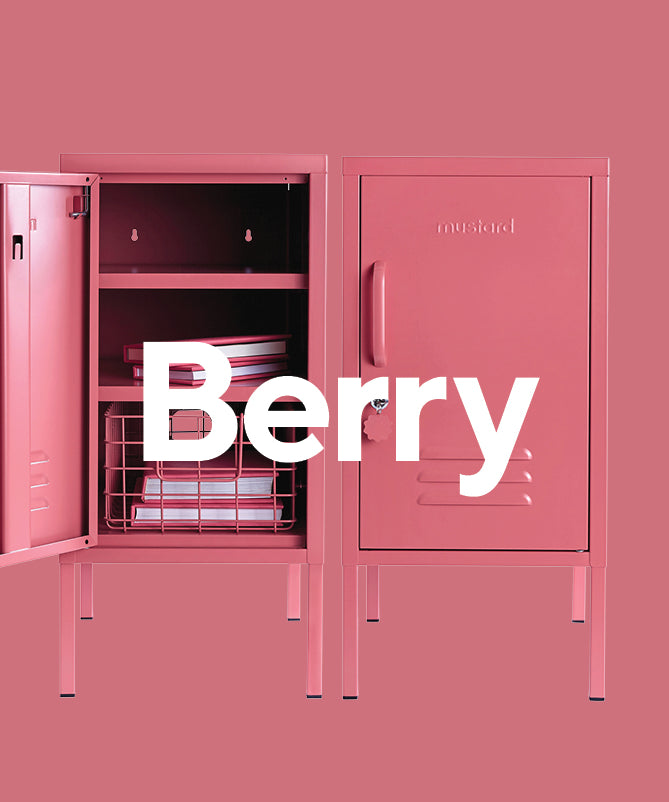
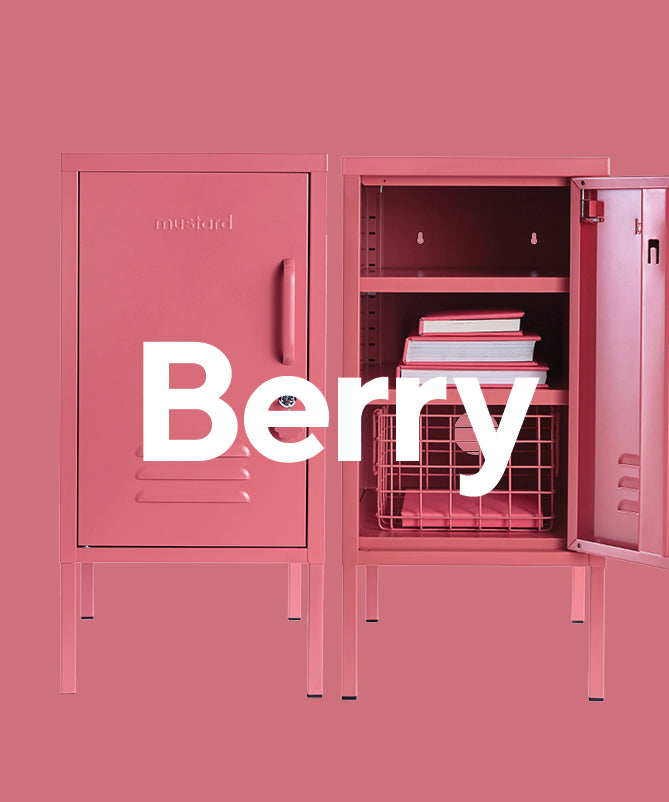
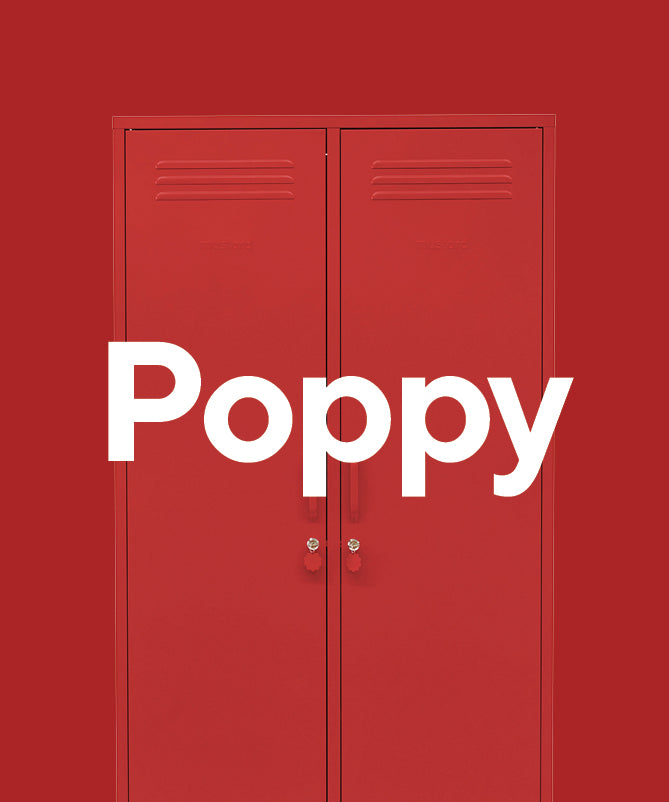
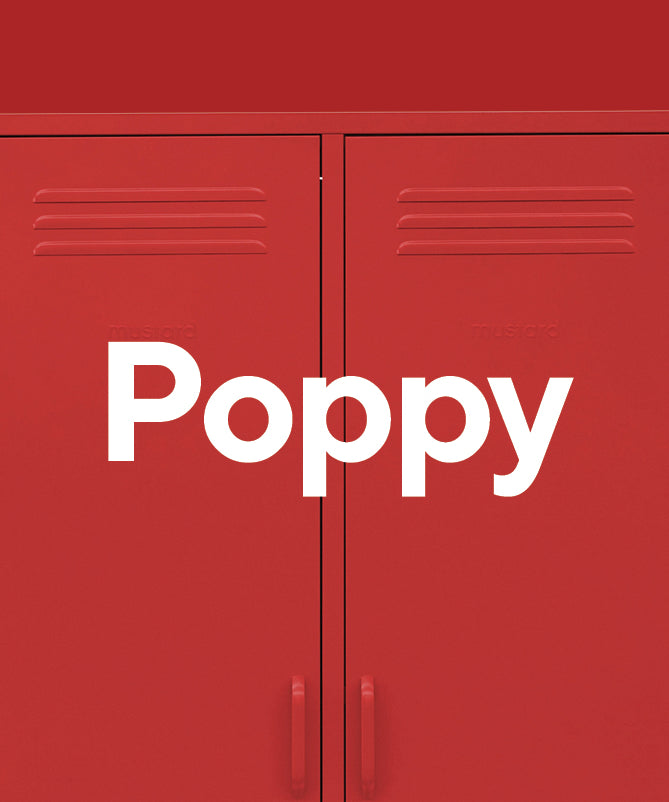
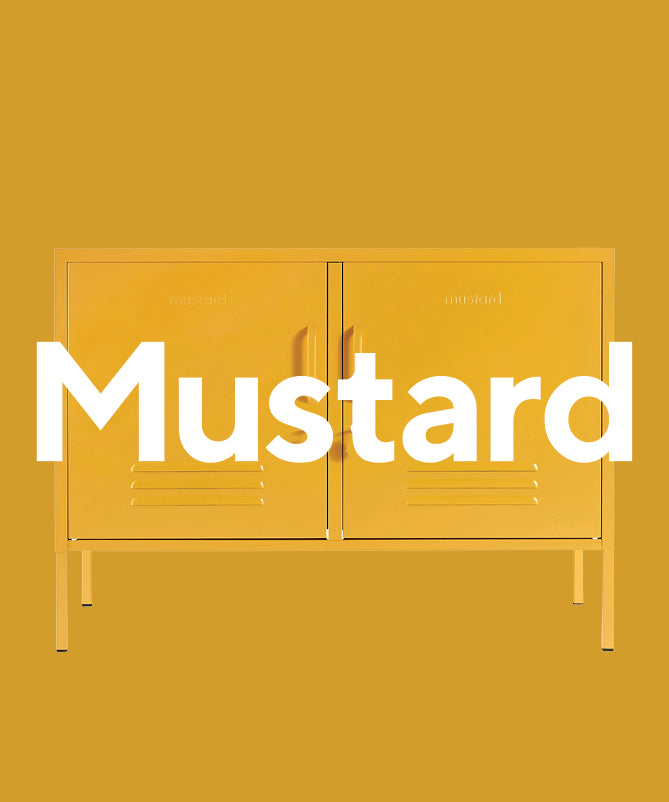
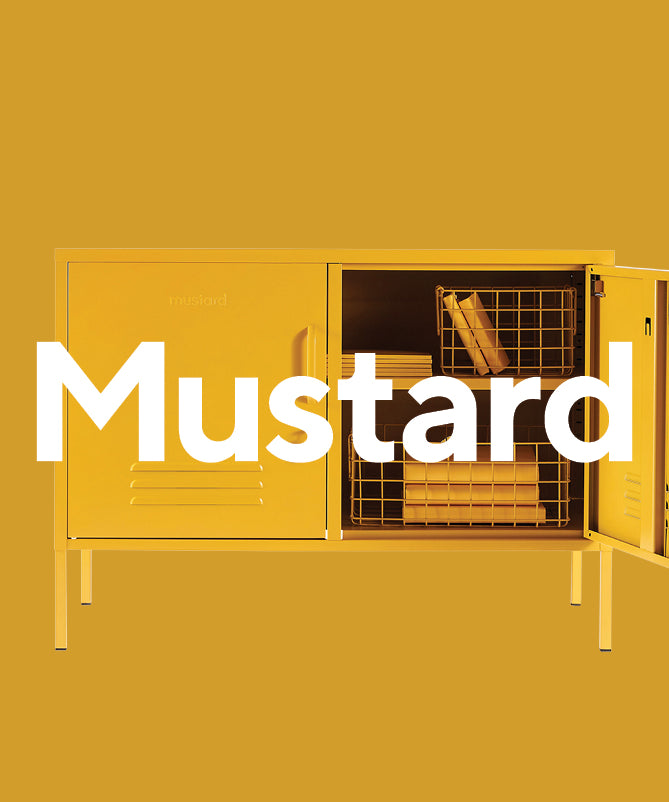
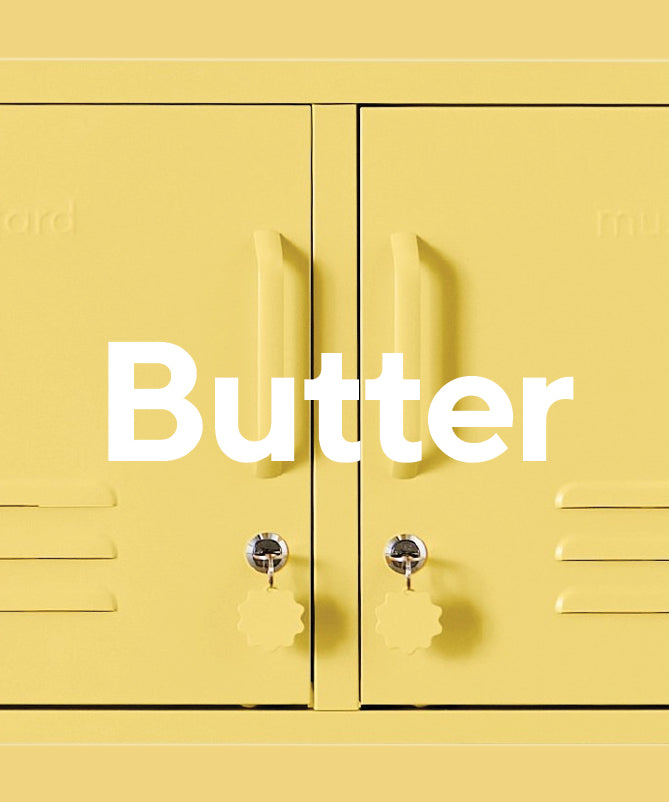
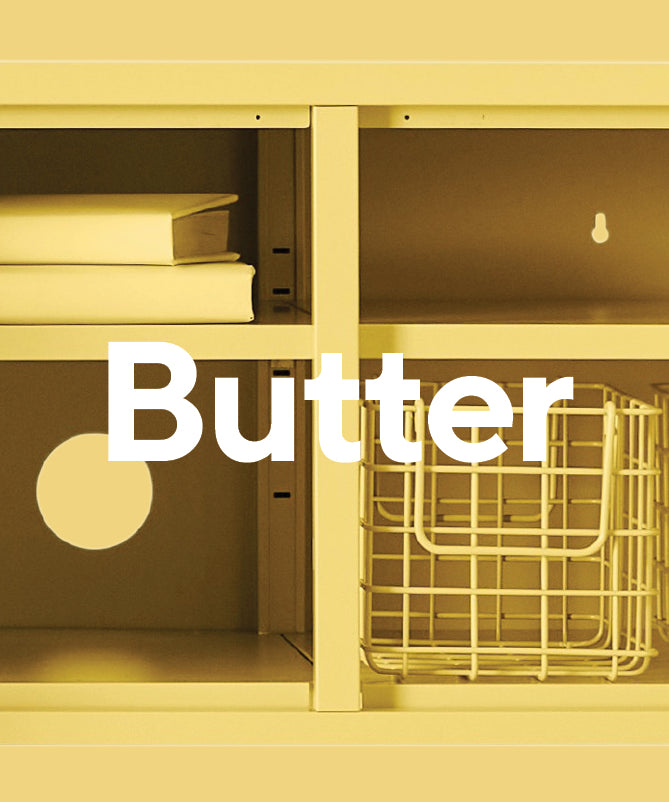
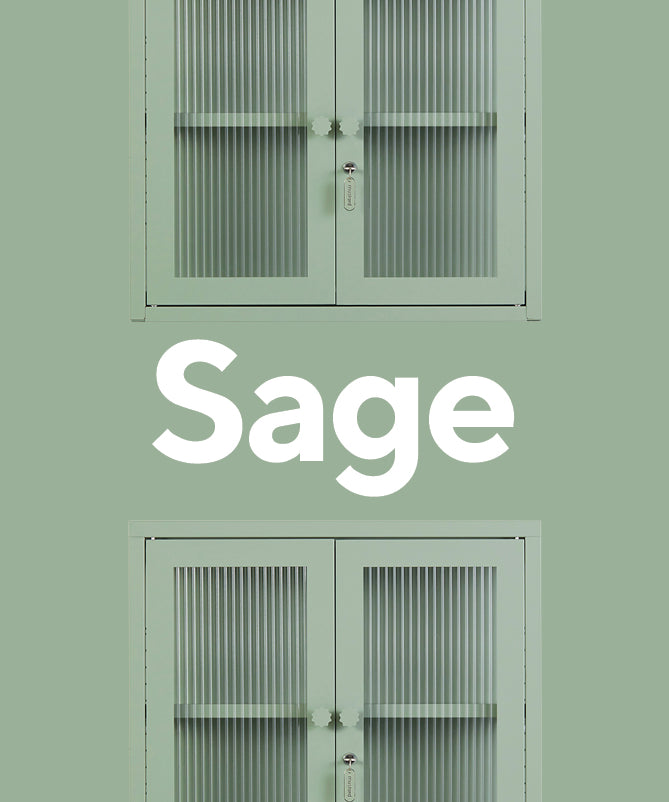


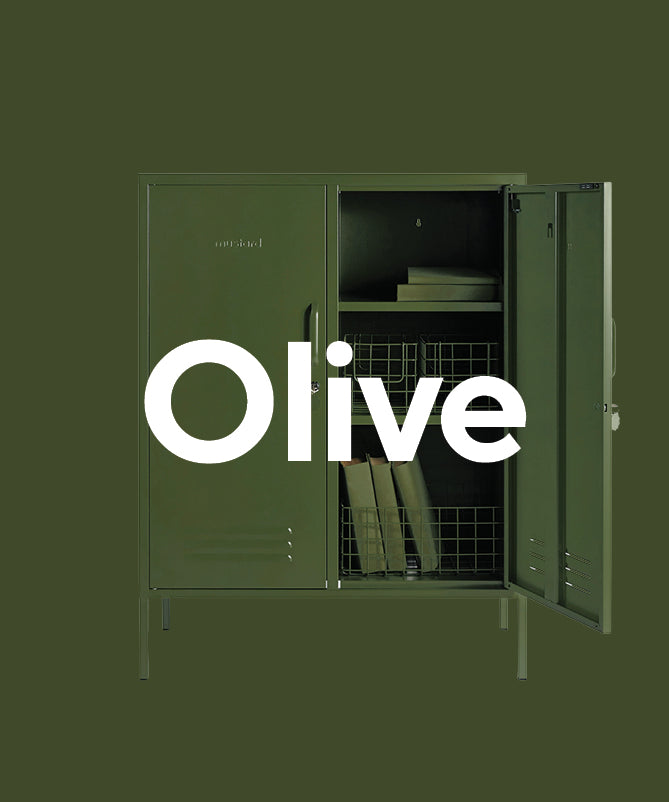
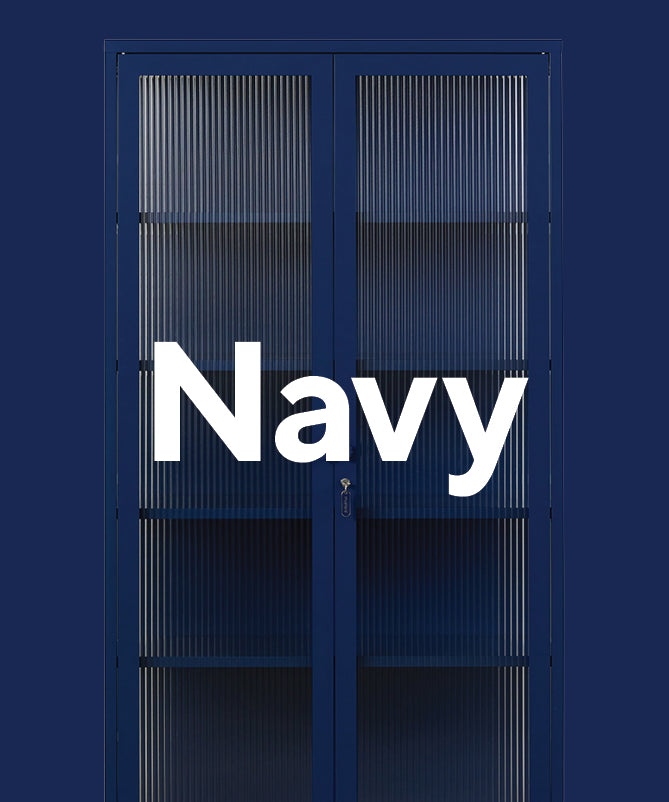
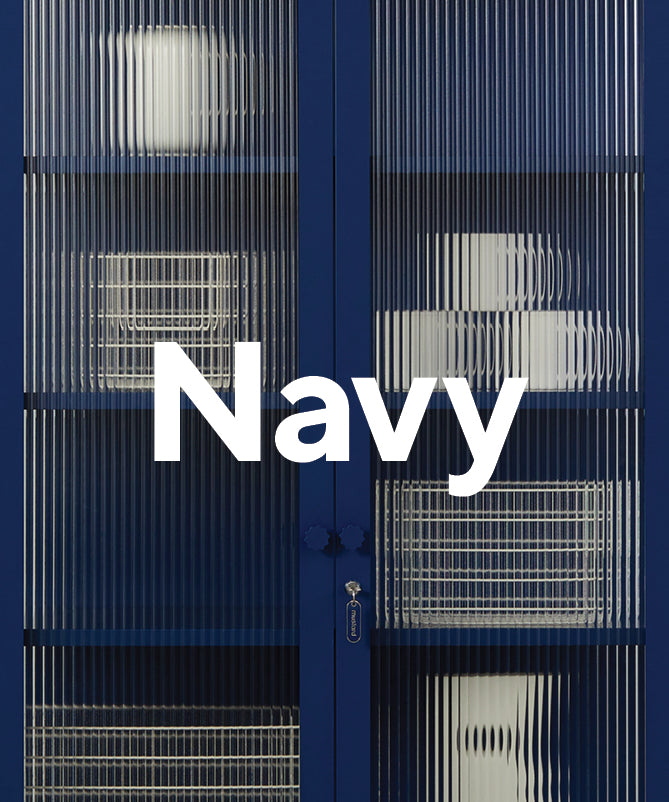
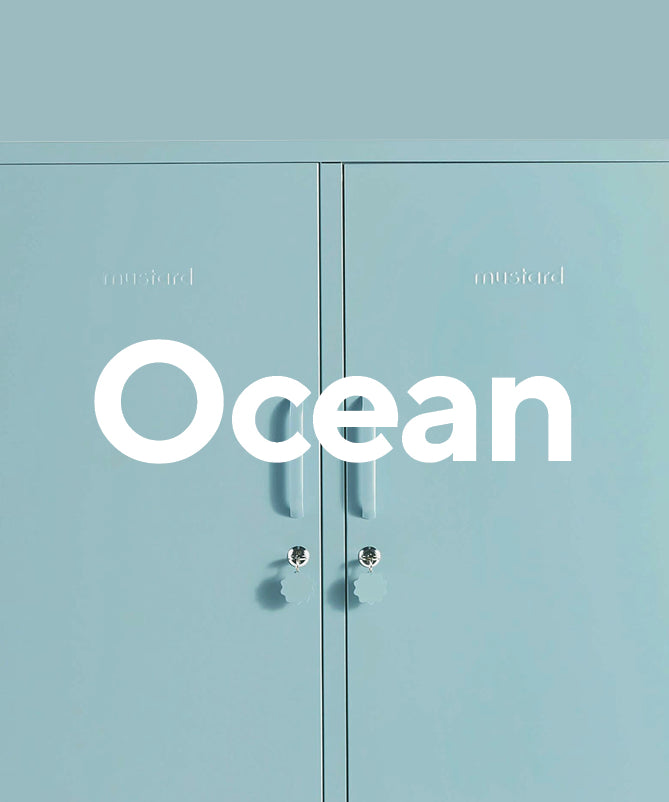
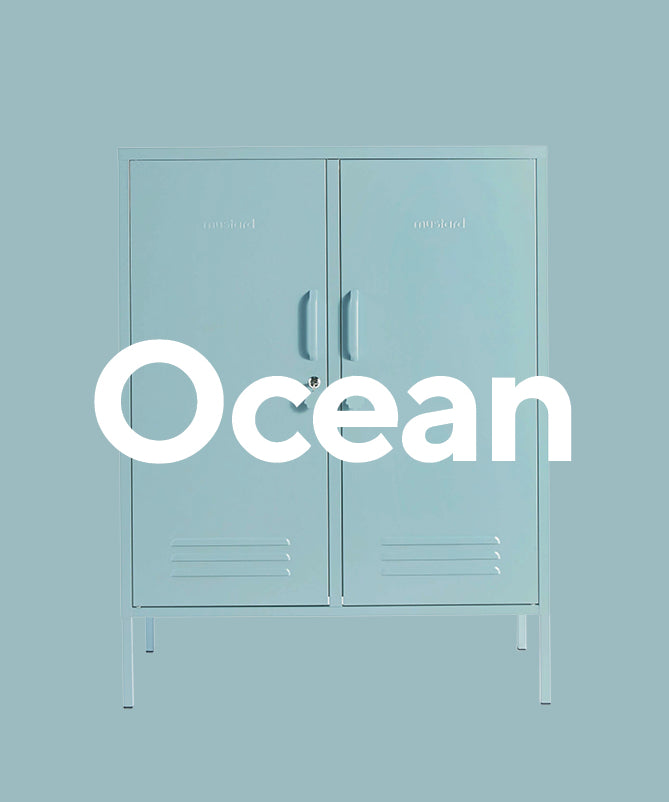
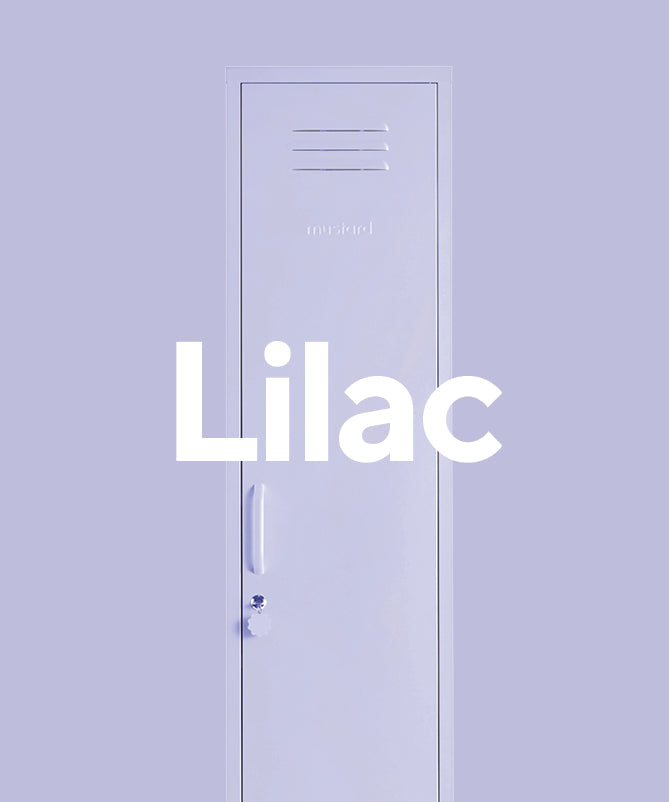
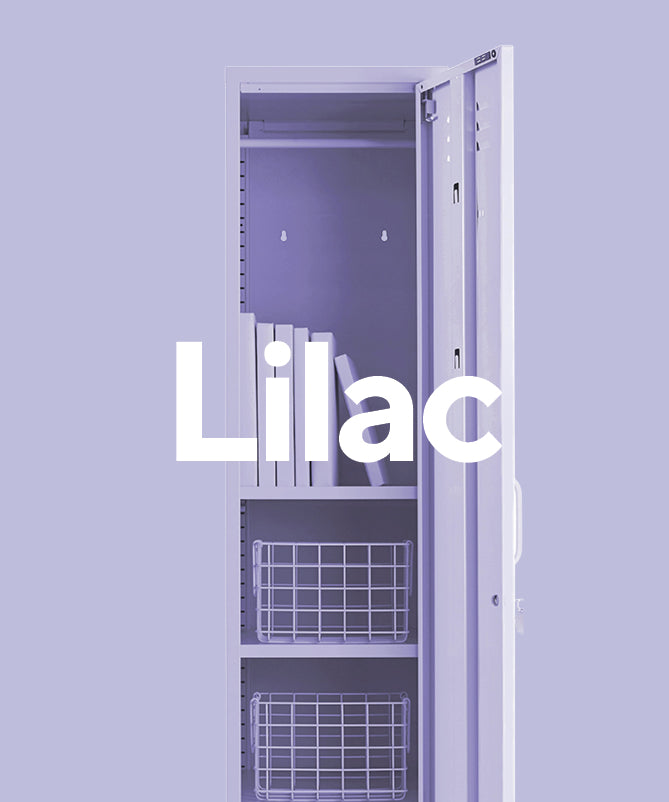

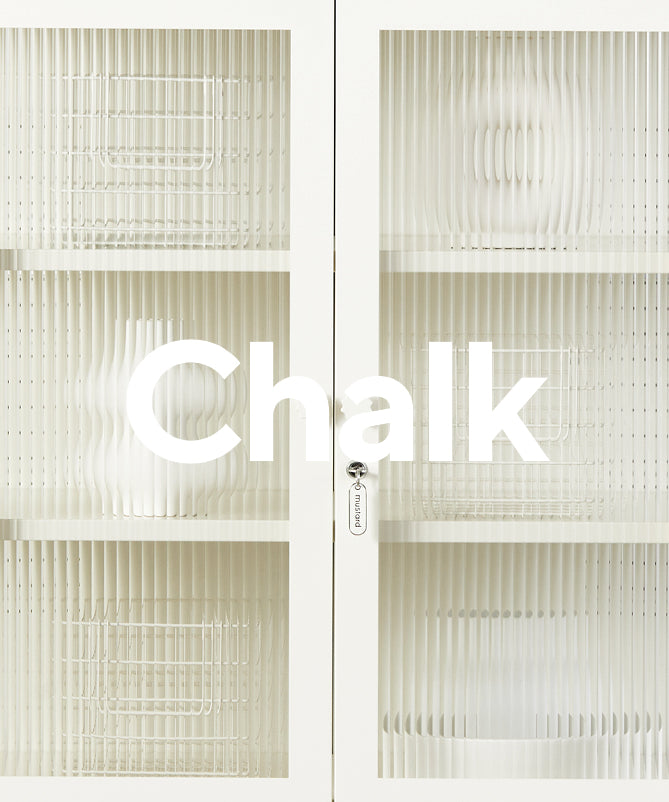
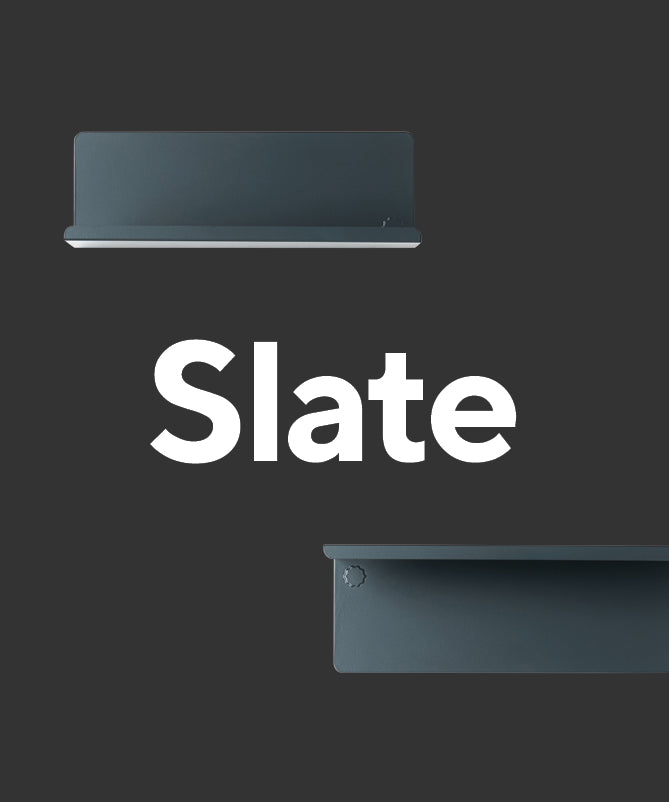
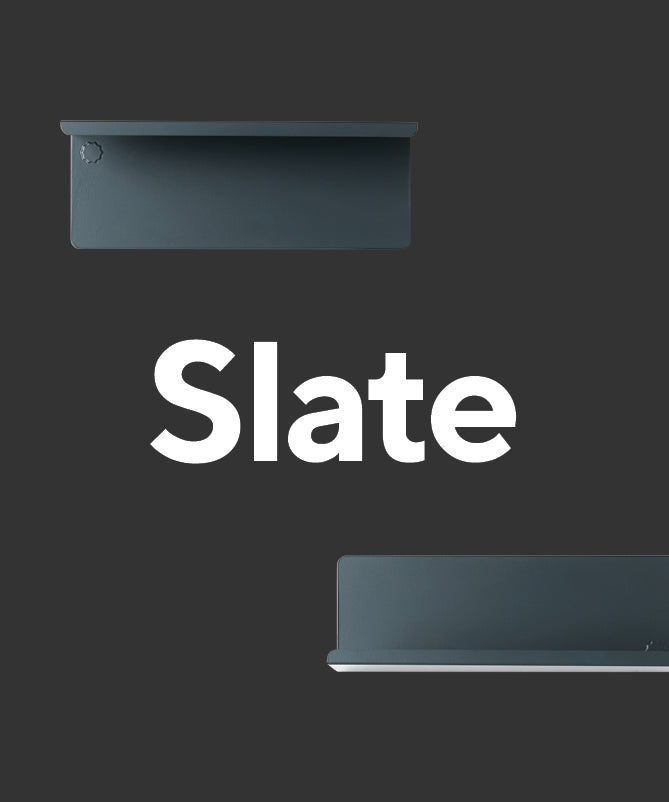
Leave a comment